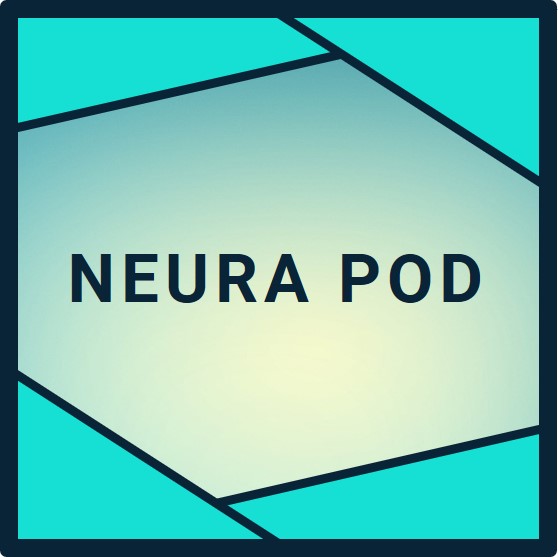- Neuralink's primary long-term goal beyond medicine is to create a high-bandwidth brain-computer interface that enables symbiosis between human intelligence and artificial intelligence.
- Elon Musk plans for Neuralink to facilitate telepathy, allowing direct thought-to-thought communication between people and seamless interaction with AI systems.
- The company targets superhuman capabilities such as enhanced vision through Blindsight and superior performance in video games or robotic control using pure thought.
Neuralink's Shift from Restoration to Enhancement
Neuralink began with a clear medical focus. The company developed its N1 brain implant to help people with paralysis control computers and phones using only their thoughts. As of October 2025, three individuals in the United States and one in the United Kingdom have received implants. These patients, including Noland Arbaugh and Paul Hutchings, demonstrate daily use of the Telepathy product for tasks like browsing the web, playing games, and even controlling robotic arms.
Elon Musk founded Neuralink in 2016 with this restorative aim in mind. Early demonstrations showed monkeys playing Pong and humans achieving cursor control shortly after surgery. Regulatory approvals from the FDA and UK's MHRA have accelerated human trials. The PRIME Study and new CONVOY Study now test robotic arm integration, marking progress toward physical autonomy.
However, Elon Musk has always emphasized goals that extend far past medicine. He views the brain implant as a tool to solve broader human challenges. In recent updates, Musk noted that the first patient, Noland, may soon receive an upgrade or second implant to boost abilities further. This positions Neuralink to transition from aiding the disabled to augmenting able-bodied individuals.
Achieving Human-AI Symbiosis
At the core of Neuralink's long-term vision lies human-AI symbiosis. Elon Musk warns that artificial intelligence will soon surpass human cognition. Without a direct interface, humans risk falling behind. Neuralink addresses this by creating a "general-purpose, high-bandwidth" link between the brain and computers.
The implant records and stimulates up to 10,000 neurons simultaneously via 1,024 flexible threads thinner than hair. This setup allows data transfer rates far exceeding current interfaces. Musk states that Neuralink raises the probability of safe AI integration above zero. Long-term, users could download knowledge instantly or process complex computations mentally.
Elon Musk ties this to cosmic exploration. Symbiosis would maximize humanity's understanding of the universe. Paired with SpaceX efforts, enhanced brains could support multiplanetary life. Implants might enable rapid learning of skills needed for Mars colonization or interstellar travel.
Telepathy: Direct Mind-to-Mind Links
Telepathy represents one of Neuralink's most ambitious products. Named after the implant's first capability, it enables thought-based control of digital devices. Beyond that, Musk envisions human-to-human telepathy.
Imagine sharing ideas without speaking or typing. Neuralink could encode thoughts into signals transmitted over networks. Early patients already achieve mouse control at speeds matching able-bodied users. Musk predicts recipients will soon outperform humans in fast-paced video games like first-person shooters.
This extends to AI interaction. Users could query advanced models like Grok with pure intent, receiving responses directly in their mind. Bandwidth improvements could make conversations with AI feel instantaneous and intuitive.
Blindsight and Sensory Expansion
Neuralink filed trademarks for Blindsight in 2025, signaling plans for visual restoration and enhancement. Blind individuals could regain sight through direct brain stimulation. Musk mentioned a vision chip ready in a few years.
Beyond restoration, Blindsight promises superhuman vision. Users might zoom optically, see in infrared, or overlay augmented reality seamlessly. This builds on the implant's stimulation capabilities, which bypass damaged eyes or optic nerves.
Sensory augmentation aligns with Elon Musk's foresight. Enhanced perception would aid professionals in fields like surgery, piloting, or engineering. Combined with telepathy, it creates a unified interface for input and output.
Robotic and Physical World Mastery
Neuralink's CONVOY Study tests thought control of robotic arms. Patient Alex already operates one with precision. Long-term, multiple implants could enable full-body exoskeleton control or even limb replacement.
Musk foresees telekinesis-like abilities, another trademarked term. Users might manipulate objects remotely via drone swarms or factory robots. This restores physical freedom while granting new powers, such as multitasking across mechanical extensions.
In factories or homes, Neuralink users could orchestrate complex tasks mentally. Elon Musk's vision integrates this with Tesla's Optimus robots, creating human-robot teams limited only by imagination.
TL;DR
Neuralink's long-term goals position it as a bridge to humanity's AI-augmented future. Starting with paralysis restoration, the company advances toward human-AI symbiosis, telepathy, Blindsight vision, and robotic mastery. Elon Musk's leadership drives these innovations, with human trials proving viability as of October 2025. Patients like Noland and Paul control devices and arms with thoughts, paving the way for able-bodied enhancements. This technology promises to keep humans competitive with superintelligent AI, expand sensory and physical limits, and support multiplanetary expansion. Neuralink embodies practical optimism, turning science fiction into accessible reality for all.

